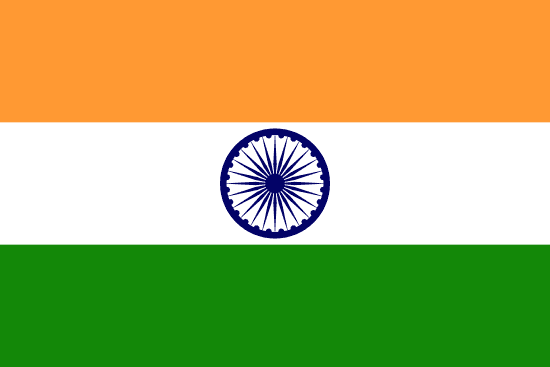"धर्म की राह पर | On the path of righteousness"
About:
Joshimath, also known as Jyotirmath, is a city in the Chamoli District of Uttarakhand, India. Founded by Adi Shankara in the 8th century, it is one of the four cardinal institutions established by him, known for its temples dedicated to Narasimha and Nanda Devi. The town serves as a base for trekking and mountaineering in the Himalayas. It is also a crucial junction point for the Hindu pilgrimage circuit of Char Dham. Today, Joshimath continues to be a significant religious and tourist destination.
When to visit:
Joshimath, a picturesque town nestled in the Indian state of Uttarakhand, is best visited during the months of April to June and September to November. During these times, the weather is pleasant with clear skies, making it ideal for sightseeing and outdoor activities. The summer months offer a respite from the scorching heat of the plains, while the autumn season showcases the stunning colors of the changing foliage. It is advisable to avoid the monsoon season from July to August due to heavy rainfall and the winter months from December to February when the region experiences cold temperatures and snowfall.
When to avoid:
The worst time to travel to Joshimath on a holiday is during the monsoon season, which typically occurs from July to September. Heavy rainfall during this time can lead to landslides, road closures, and limited visibility, making travel difficult and potentially dangerous. Additionally, certain outdoor activities and treks may be inaccessible due to the inclement weather conditions. Travelers are advised to plan their visit outside of the monsoon season to ensure a more enjoyable and safer travel experience in Joshimath.
Winter Season (Dec-Feb)
Winter in Joshimath, India, is the coldest and wettest portion of the year, typically from December to February. During this period, temperatures range from -5°C to 15°C. The area experiences heavy snowfall, often exceeding 6 feet, and occasional rainfall, making it a popular destination for skiing. Days are typically short with around 5-6 hours of sunlight due to heavy cloud cover. An average day for a visitor might involve waking up to a snowy landscape, spending the day skiing or enjoying indoor activities, and wrapping up early due to limited daylight.
"Summer (May–July)"
In Joshimath, India, the warmest part of the year typically falls between April and June. During this period, the average high temperature ranges from 20°C to 30°C (68°F to 86°F), while the average low temperature ranges from 7°C to 17°C (45°F to 63°F).
Rainfall is relatively low during these months, with average monthly precipitation ranging from 40mm to 60mm. However, it's worth noting that the monsoon season starts in late June, which can bring heavy rainfall and increased humidity.
The area receives an average of 13 to 14 hours of daylight per day, with the sun usually rising between 5:30 AM and 6:00 AM and setting between 7:00 PM and 7:30 PM. The humidity levels are moderate, typically ranging from 40% to 60%.
Cloudiness varies, with some clear, sunny days and others with more cloud cover. However, it's generally less cloudy than during the monsoon season.
A typical day for a visitor during this time would start with a cool morning, warming up as the day progresses. The afternoons can be quite warm, but the heat is usually not oppressive. The evenings cool down again, providing a pleasant respite from the daytime warmth. The low rainfall and moderate humidity levels make this a comfortable time for outdoor activities and sightseeing. Visitors can expect a mix of sunny and partly cloudy days.
Language:
In Joshimath, a city in Uttarakhand, India, the most commonly spoken language is Hindi, the official language of India. However, you'll also hear Garhwali, a language specific to the Garhwal region of Uttarakhand. English is also understood and spoken by a significant portion of the population, particularly those involved in tourism and education.




